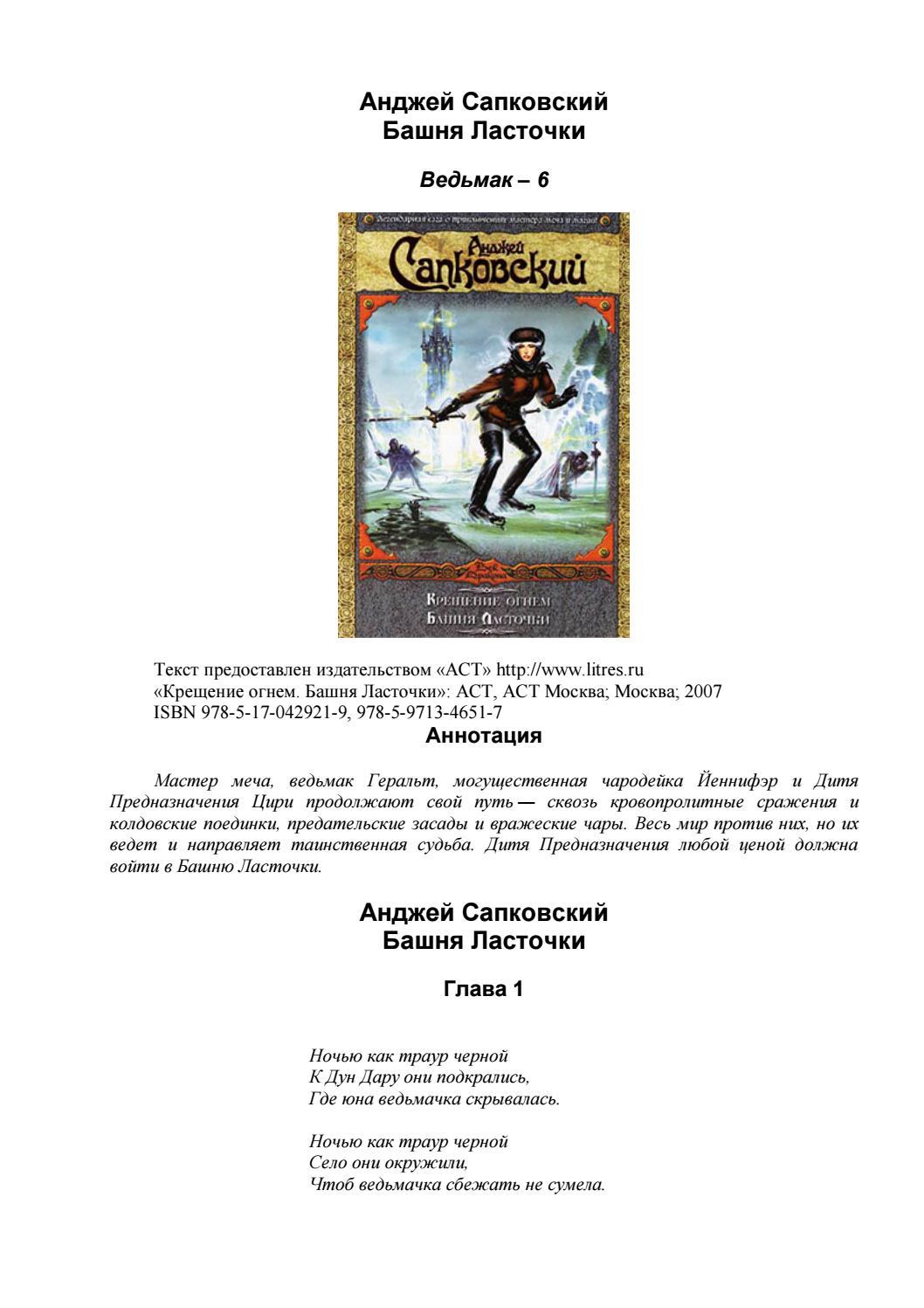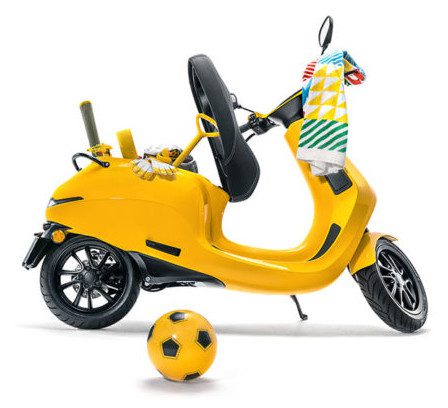
Frost, leaves and blinding sun - autumn road traps
 Frost, wet leaves and blinding low sun are autumn weather traps that increase the risk of collision. We remind you how to drive a car in such conditions.
Frost, wet leaves and blinding low sun are autumn weather traps that increase the risk of collision. We remind you how to drive a car in such conditions.
The danger of autumn frosts is that at temperatures from 0°C to even -3°C, the ice does not freeze through completely. Its surface is covered with a thin, invisible and very slippery layer of water. During the transitional period, sleet, i.e., an invisible layer of freezing water directly adjacent to the road surface. This phenomenon most often occurs after autumn precipitation and fog.
“These are very difficult conditions for drivers. The biggest risk factor is speeding, says Zbigniew Veseli, director of the Renault driving school. During this period, it is also very important to keep an appropriate distance from other road users. – For example, when overtaking a cyclist, keep in mind that in autumn weather, he is more likely to fall. Especially when cornering, Renault driving school coaches warn.
See also: Ateca – testing crossover Seat
How does the Hyundai i30 behave?
Frosts usually occur early in the morning and at night. With a decrease in temperature, such conditions arise faster and last longer in places where the sun's rays do not reach, or on bridges. In autumn and winter, the temperature near the surface of the earth can be lower than perceived, so ice can form on the road even when the thermometer shows 2-3°C.
Leaves lying on the streets are another problem for drivers. You can easily lose traction if you run the list too fast. – Sunglasses, preferably with polarized lenses that neutralize glare, should be the necessary equipment for the driver in the autumn-winter period. The low position of the sun makes it even more burdensome and dangerous than in summer, Renault driving school instructors say.

